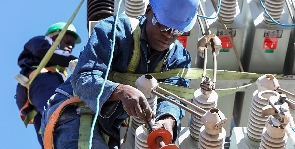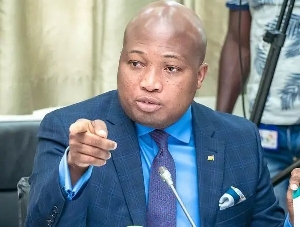As part of the conditions to secure a US$3 billion extended credit facility from the International Monetary Fund, some taxes and tariffs must go up.
These include a hike in power tariff.
They are electricity tariff hikes and an upward adjustment of both the Value Added Tax and Electronic Transaction Levy (E-levy).
Among these conditions that were outlined by finance minister Ken Ofori-Atta are also the preparation of an ambitious 2023 budget, with a front-loading of the fiscal consolidation programme and a comprehensive set of structural reforms, notably public expenditure review.
Also, the Bretton Wood institution expects to see continued monetary policy tightening by the Bank of Ghana to bring inflation under control.
Accra-based Joy FM reports that these were captured in the Investors Presentation by Ken Ofori-Atta and supported by the Governor of the Bank of Ghana, Dr Ernest Addison.
Ofori-Atta noted that the government adjusted revenue and expenditure measures to improve debt sustainability and restore macroeconomic aimed at addressing structural bottlenecks contingent liabilities of state-owned enterprises, commitment controls and arrears accumulation as well as domestic revenue mobilisation.
Mr Ofori-Atta also said the government is committed to rebuilding reserve buffers, mobilising external concessional financing from multilateral and bilateral partners, and suspending external debt service payments.
Also, he said the government will safeguard social protection programmes and ensure the burden of adjustment is fairly distributed.
Additionally, he noted that social spending will be targeted to protect the most vulnerable from the impact of the economic crisis as well as fast-track the implementation of growth-oriented socio-economic policies, such as Ghana CARES to mitigate the impact of the pandemic and support economic recovery.
As part of measures to secure the bailout, the government is aiming at reaching a 1.5% of Gross Domestic Product primary surplus in the medium term, bringing inflation below 8% in the medium-term and restoring external buffers with gross international reserves reaching 3 months of import cover by 2026.
Also, the government is targeting a real Gross Domestic Product growth of 5% over the medium-term and being competitive with exports surpassing 37% of GDP in the medium term.
Business News of Friday, 14 April 2023
Source: classfmonline.com

















